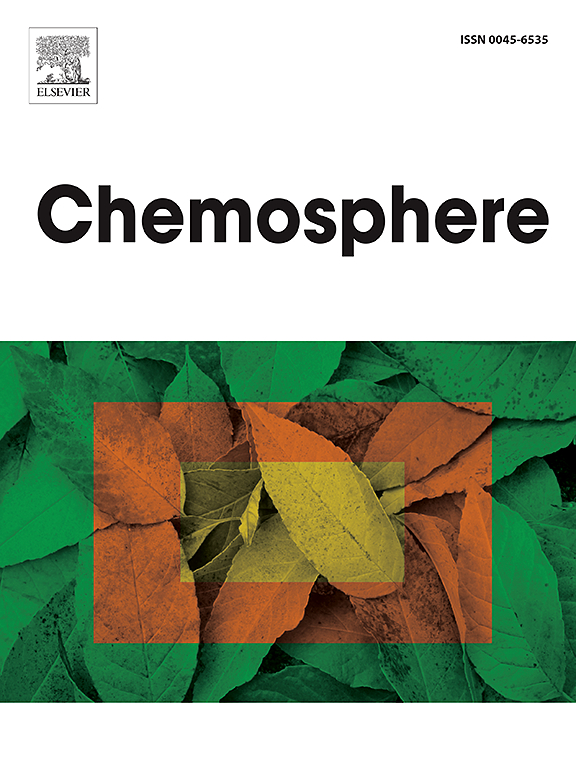Revealing mercury species-specific transfer and toxicity mechanisms in placental trophoblasts
IF 8.1
2区 环境科学与生态学
Q1 ENVIRONMENTAL SCIENCES
引用次数: 0
Abstract
Environmental mercury (Hg) follows a biogeochemical cycle resulting in a variety of Hg species. Therefore, human exposure to the three Hg species inorganic Hg via crops and air, methyl Hg through fish consumption and ethyl Hg due to the use as antiseptic agent in medical applications is a rising concern. Especially pregnant women and their developing fetus present a vulnerable population. However, little is known about its transfer and toxicity in placental barrier building cells. Here, Hg species-specific transfer and toxicity in placental trophoblasts, which are the main cell type involved in nutrient transfer, were investigated by using the established BeWo b30 in vitro model. The transfer of inorganic Hg was much lower compared to the organic Hg species and all three species were able to perturb barrier integrity. This was accompanied by a less pronounced cytotoxicity of HgCl2 compared to the two organic species. The energy charge value indicated an increase for inorganic Hg and a decrease for organic Hg compounds. Regarding antioxidative defense, inorganic Hg elevated GSSG levels, while organic Hg decreased GSH. Activity of antioxidative defense related enzymes showed a decrease upon Hg species treatment and all three species induced both apoptotic and necrotic cell death.

揭示汞在胎盘滋养细胞中的物种特异性转移和毒性机制。
环境汞(Hg)遵循生物地球化学循环,导致各种汞种类。因此,人类通过作物和空气接触到的无机汞、通过鱼类消费接触到的甲基汞以及由于在医疗应用中用作防腐剂而接触到的乙基汞日益令人关切。尤其是孕妇和她们发育中的胎儿是一个脆弱的群体。然而,对其在胎盘屏障构建细胞中的转移和毒性知之甚少。本文采用BeWo b30体外培养模型,研究了汞在胎盘滋养细胞中的转移及其毒性。胎盘滋养细胞是参与营养转移的主要细胞类型。与有机汞相比,无机汞的迁移量要低得多,而且这三种汞都能扰乱屏障的完整性。与这两种有机物质相比,这还伴随着不太明显的HgCl2细胞毒性。能量荷值表明无机汞增加,有机汞减少。在抗氧化防御方面,无机汞升高GSSG水平,而有机汞降低GSH水平。汞处理后,抗氧化防御相关酶活性降低,三种汞均可诱导凋亡和坏死细胞死亡。
本文章由计算机程序翻译,如有差异,请以英文原文为准。
求助全文
约1分钟内获得全文
求助全文
来源期刊

Chemosphere
环境科学-环境科学
CiteScore
15.80
自引率
8.00%
发文量
4975
审稿时长
3.4 months
期刊介绍:
Chemosphere, being an international multidisciplinary journal, is dedicated to publishing original communications and review articles on chemicals in the environment. The scope covers a wide range of topics, including the identification, quantification, behavior, fate, toxicology, treatment, and remediation of chemicals in the bio-, hydro-, litho-, and atmosphere, ensuring the broad dissemination of research in this field.
 求助内容:
求助内容: 应助结果提醒方式:
应助结果提醒方式:


